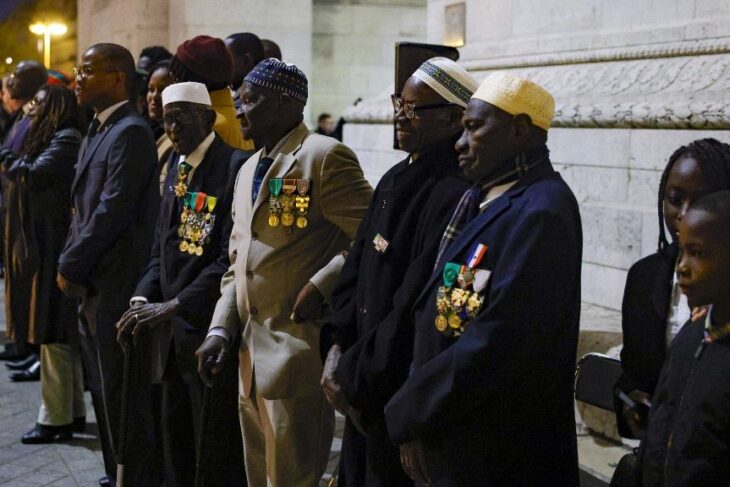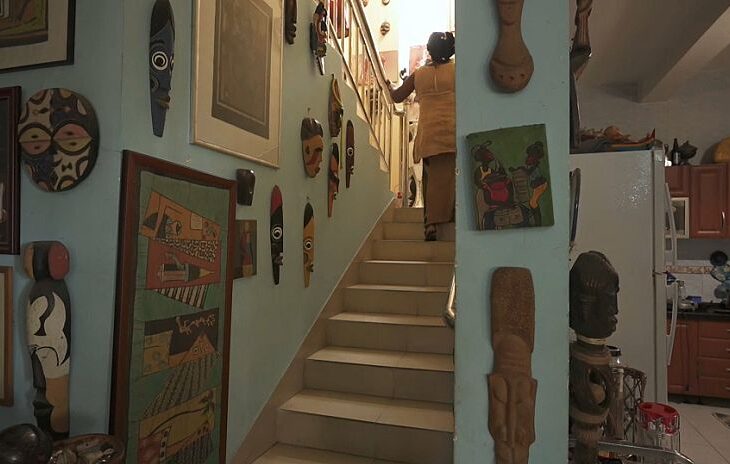
The variety of the African cultures, beliefs, languages and ways of life have is large, detailed and blessed. From this unique background of the African people the idea of beauty is not uniform throughout the continent. Here are two distinguishing features that can be used as a bridge, consequently offering a unified view: the different pertinence given to external and internal beauty.
In some African cultures, such as the Kikuyu in Kenya, the Bemba in Zambia, the Bembe in the Democratic Republic of Congo (DRC) and the Hutu in Burundi, external beauty in marriage does not count more than hard work in families and communities. A hard-working young girl, who is less beautiful outside, could be married faster than a beautiful girl considered by the community as lazy. So physical strength resulting in hard work comes first and external beauty second.

When the woman is healthy and physically strong, fit to manage a home environment and endure labour pain, she is said to be hardworking. In some rural communities as well as conservative communities in Africa, this is still a reality. This is not only applicable to the above named tribes and ethnic groups but to many tribes and ethnic groups across the continent. The African concept of beauty does not depend so much on what a person thinks of him/herself but rather how that person conducts him/herself. Then, the behaviour is seen and judged by the community.
The External Beauty: Africans believe that external beauty can be deceptive in that it gives a false representation of a person’s true nature and personality – but this does not reject the notion that a woman is desirable and attractive when she has a beautiful face or an external elegance of shape, good hair and smooth skin, to name but some features. Stripes on the face are not seen as violent but a sign of beauty. In some cultures, it serves as a distinctive feature between tribes or ethnic groups but over the time, it has come to symbolise beauty.
In the DRC Fuleru people would say for example, “mdukula ata homba”. This literally means, a fair skinned girl (person) cannot become bankrupt. In other words, a girl who has fair skin stands a high chance of getting married. Interestingly, in many African cultures, a very dark-skinned girl also stands similar chances. That is the whole essence of ‘black is beautiful’. When a dark-skinned girl passes by, young men would say ‘dark and lovely’ or ‘black is beautiful’. As such, Africans love dark skin.
In modern days, both women and men are using special cosmetics to turn their dark skin into lighter ones, even with all the health risks that come with the application of such products. That is not what black is beautiful means. Black is beautiful is being comfortable and happy with dark skin, natural skin, being proudly black. It is the appreciation of God’s perfect design of a black person.


For the persons who are applying cosmetics to change their skin colour there are some forms of cultural violence in the desire to look what they are not. The application of such products is different from the practice of Africans who used soil or herbs to protect their face against sunshine, for example, the Zulu people. There is no harm in such practice because it does not have side effects. On the contrary, it helps to protect the beauty. In fact, the application of soil on the face is not intended to change one’s skin but to care for the natural black beauty.
Violence is seen as an enemy of external beauty. Physical or direct violence damages the external features, which should serve to attract. Whatever damages the skin is violence but whatever protects it is not, for example, the traditional marks and stripes used in many African tribes. The skin is an essential part of human external beauty as designed by God our creator. Do well to make sure you take good care of your skin and keep it protected and not endangered. Your skin has a lot to tell about your health.













